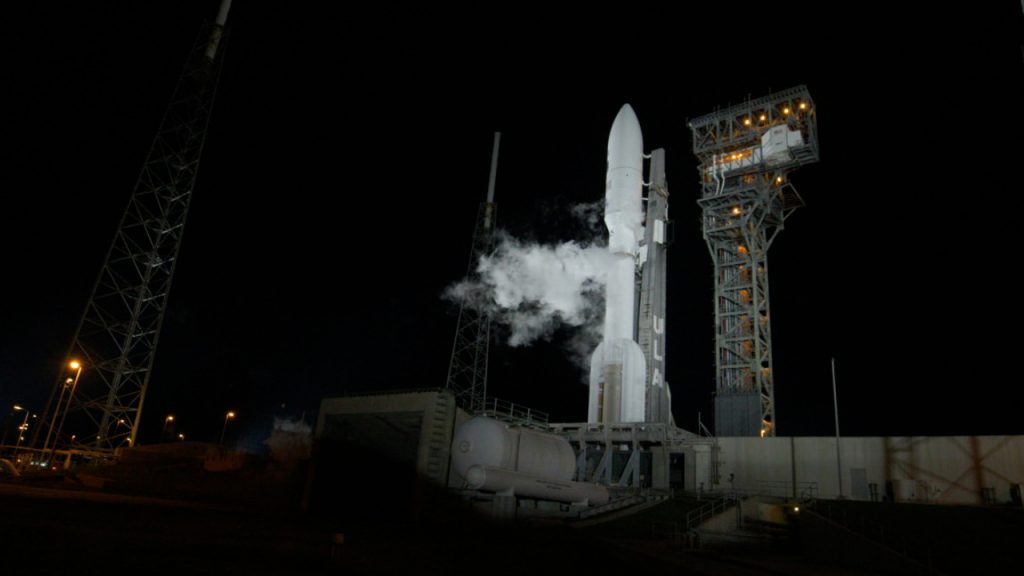
Hello, and welcome from NASA’s Kennedy Space Center in Florida! A United Launch Alliance (ULA) Atlas V 551 rocket stands ready for liftoff at Launch Complex 41 on Cape Canaveral Space Force Station (CCSFS) for the U.S. Space Force’s (USSF) Space Systems Command (SSC) Space Test Program 3 (STP-3) mission, which hosts NASA’s Laser Communications Relay Demonstration (LCRD) and the NASA-U.S. Naval Research Laboratory Ultraviolet Spectro-Coronagraph (UVSC) Pathfinder.
Launch is scheduled for 4:04 a.m. EST this morning, with a two-hour launch window. Follow along on NASA Television for the live broadcast.
Meteorologists with the U.S. Space Force 45th Weather Squadron predict a more than 90% chance of favorable weather for liftoff.
Here’s a look at some of today’s countdown and ascent milestones. All times are approximate:
COUNTDOWN
Hr/Min/Sec Event
– 00:55:00 Start flight control final preparations to raise hydraulic pressures
– 00:45:00 Pressurize Main Engine Pneumatic System to flight pressure
– 00:16:00 Initiate fuel fill sequence
– 00:10:00 Weather briefing with Atlas Launch Weather Officer
– 00:05:00 Fuel fill sequence is complete; water deluge system actuation pressure adjustment is performed; Atlas L02 at flight level; Centaur L02 at Flight level; Centaur LH2 at flight level
– 00:04:00 Hazardous gas monitoring is complete; automatic computer sequencer takes control for all critical events through liftoff; Atlas first stage LO2 replenishment is secured, allowing the tank to be pressurized for flight
– 00:03:00 Atlas tanks reach flight pressure
– 00:02:00 Atlas first stage and Centaur upper stage switch to internal power; L02 and LH2 topping for Centaur will stop in 10 seconds
– 00:01:30 Launch control system is enabled
LAUNCH AND SPACECRAFT DEPLOYMENT
All Times Approximate
Hr/Min/Sec Event
00:00:00.1 RD-180 Engine Ignition
00:00:01.1 Liftoff of the Atlas V
00:00:03.9 Begin Pitch/Yaw Maneuver
00:00:34.7 Mach 1
00:00:48.7 Max Q (moment of peak mechanical stress on the rocket)
00:01:46.7 Solid rocket booster jettison
00:03:30.2 Payload fairing jettison
00:04:27.4 Atlas booster engine cutoff (BECO)
00:04:33.4 Atlas Centaur separation
00:04:43.3 Centaur first main engine start (MES-1)
00:10:38.4 Centaur first main engine cutoff (MECO-1)
01:07:22.1 Centaur second main engine start (MES-2)
01:12:25.6 Centaur second main engine cutoff (MECO-2)
06:24:48.2 Centaur third main engine start (MES-3)
06:27:26.3 Centaur third main engine cutoff (MECO-3)
06:30:15.4 STPSat-6 Separation
07:10:02.4 LDPE-1 Separation
08:08:02.3 End of mission
Stay connected with the LCRD mission on social media:
Twitter: @NASA, @NASAGoddard, @NASALaserComm, @NASA_Technology, @NASASCaN
Facebook: NASA, NASAGoddard, NASA Technology, NASA Space Communications and Navigation
Instagram: NASA, NASAGoddard


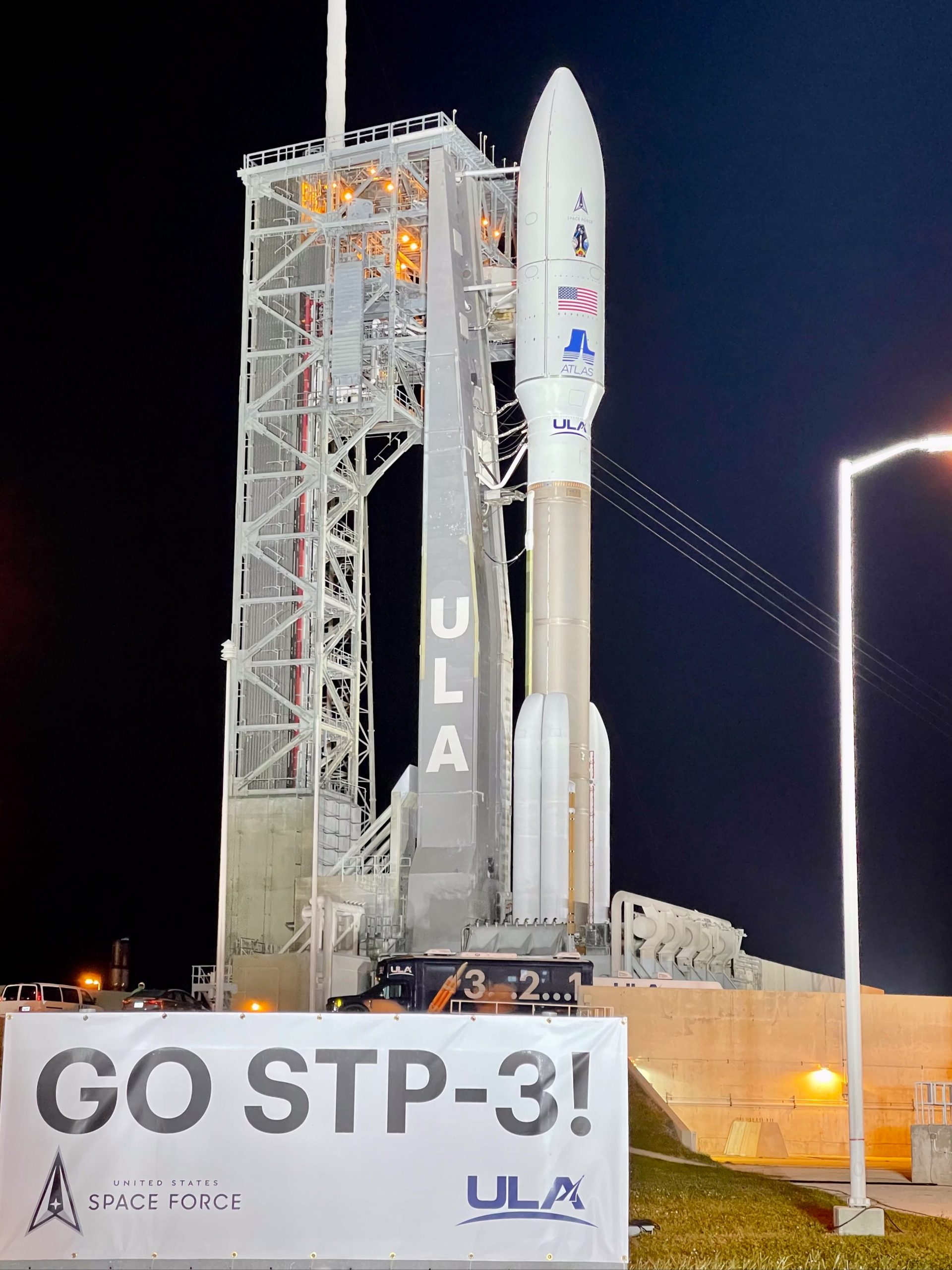
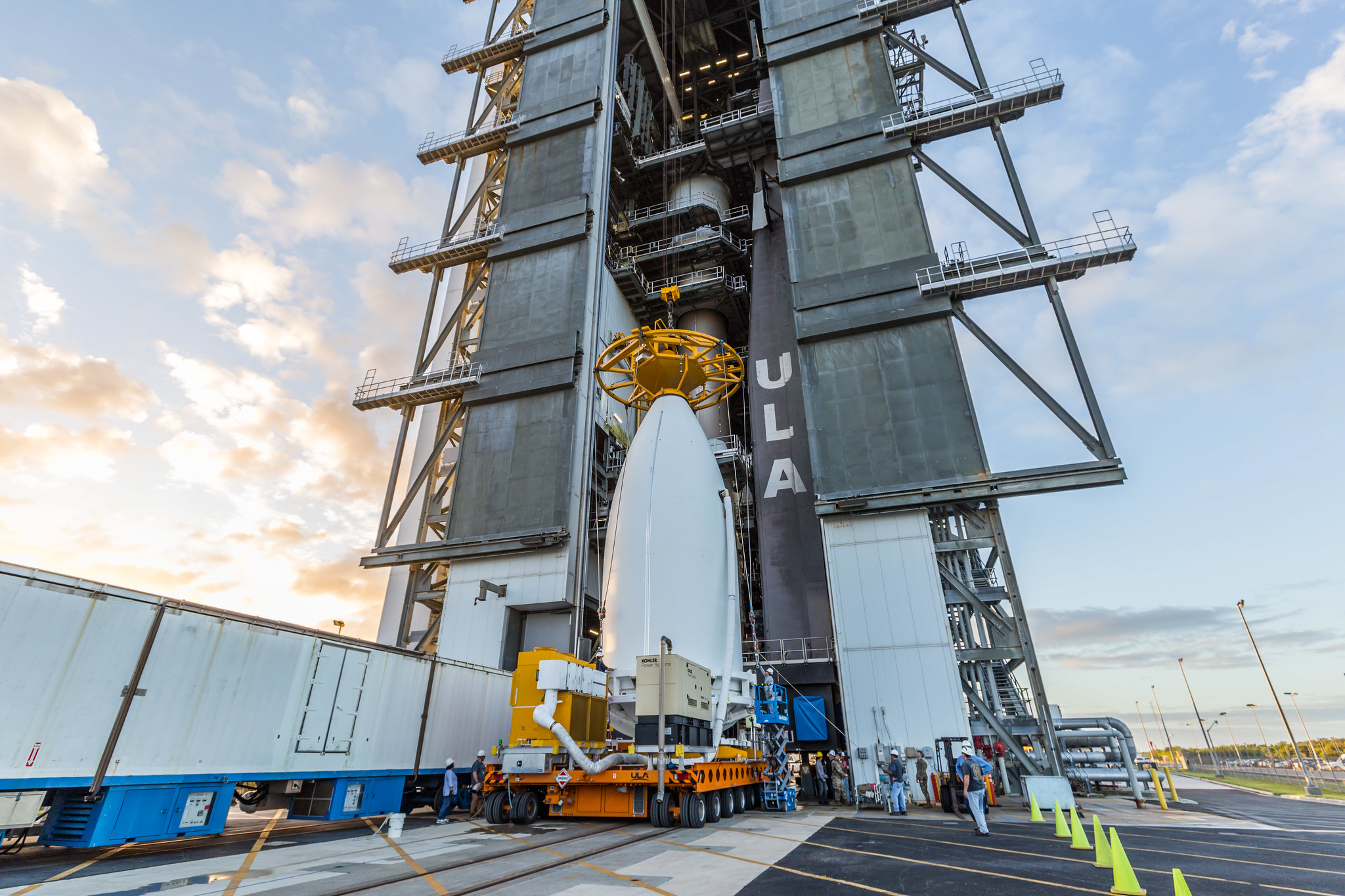
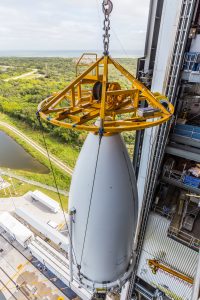
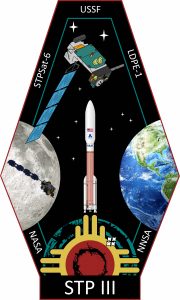 United Launch Alliance (ULA) is now targeting Dec. 4 to launch the U.S. Department of Defense’s (DoD) Space Test Program Satellite-6 (STPSat-6) spacecraft, which hosts NASA’s Laser Communications Relay Demonstration (LCRD). The two-hour launch window runs 4:04 – 6:04 a.m. EST. STPSat-6 is part of the Space Test Program 3, or STP-3, mission which will launch on a ULA Atlas V 551 rocket from Launch Complex 41 on Cape Canaveral Space Force Station in Florida.
United Launch Alliance (ULA) is now targeting Dec. 4 to launch the U.S. Department of Defense’s (DoD) Space Test Program Satellite-6 (STPSat-6) spacecraft, which hosts NASA’s Laser Communications Relay Demonstration (LCRD). The two-hour launch window runs 4:04 – 6:04 a.m. EST. STPSat-6 is part of the Space Test Program 3, or STP-3, mission which will launch on a ULA Atlas V 551 rocket from Launch Complex 41 on Cape Canaveral Space Force Station in Florida.